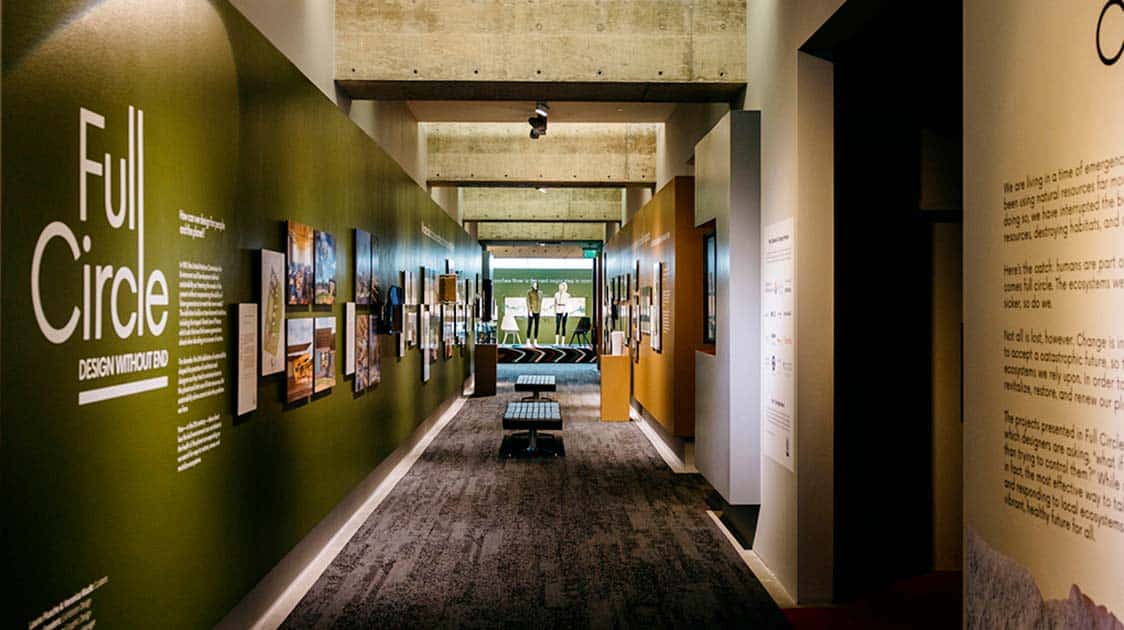
Veronica Klucik co-curated a 2022 exhibition for the Museum of Design Atlanta – aka MODA – entitled Full Circle: Design Without End.
The exhibition explores the ideas of regenerative and circular design and how it can be transformative for our people and our planet, which Veronica believe believes “is epitomized in the work carried out by Bios”.
So it was our pleasure to talk with Veronica and get her perspective on design’s role in reversing climate change.
Interview with co-curator at Museum of Design Atlanta, aka MODA
Hi Veronica! So for those unfamiliar with MODA, could you define the museum’s philosophy in a few lines?
The Museum of Design Atlanta, or MODA, believes in the power of design to inspire change, transform lives, and make the world a better place. We aim to advance the understanding and appreciation of design as the convergence of creativity and functionality through exhibitions, education, and programming for visitors of all ages, and our work is structured by two research questions: “What is the museum of the 21st century?” and “Can a design museum change the world?”.
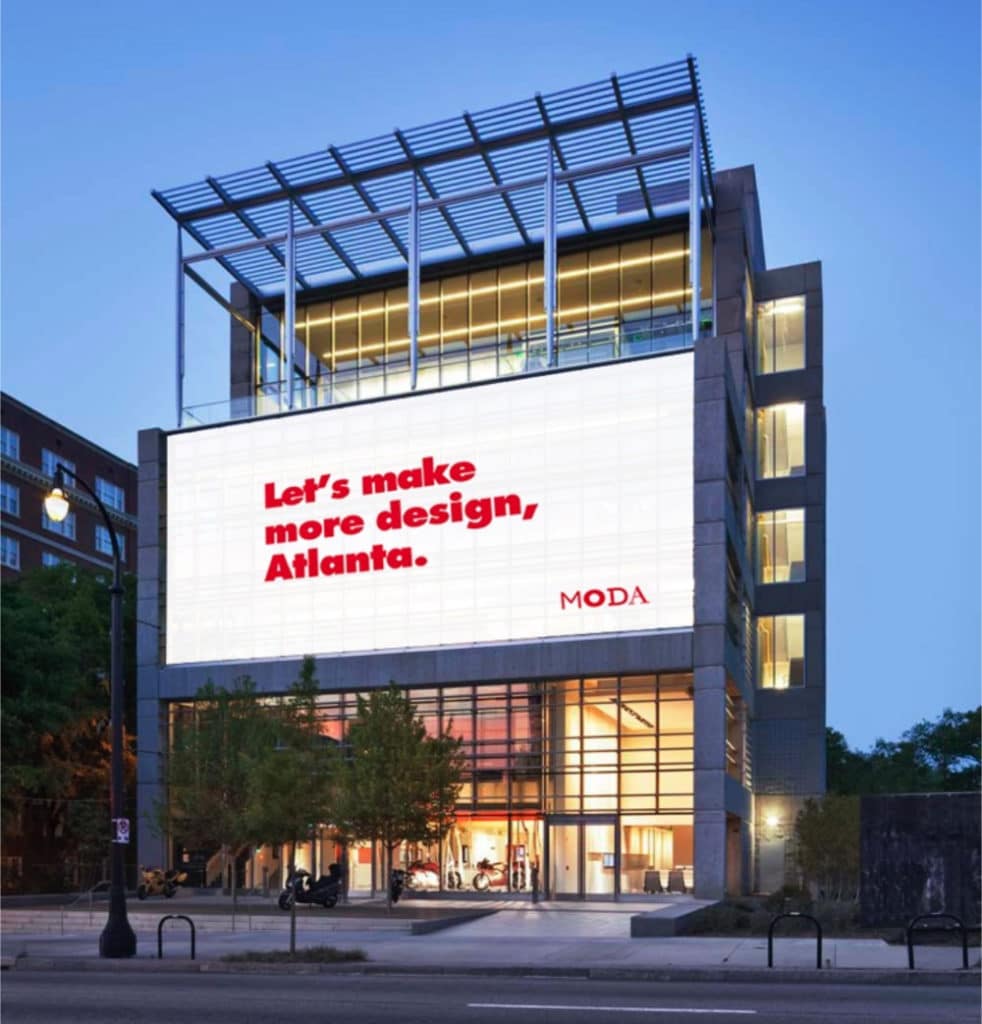
The Museum of Design Atlanta, or MODA, believes in the power of design to inspire change, transform lives, and make the world a better place. Photo credit: MODA museum
What inspired the 2022 exhibition “Full Circle: Design Without End”?
MODA believes that climate change is one of, if not THE defining issue of our generation. We also believe that design has a vital role to play in reversing and adapting to the adverse effects of climate change. Regenerative design exemplifies this, as an approach to design that not only reduces and reverses the harm that we have caused the planet, but also restores our ecosystems in a way that creates a vibrant future for all life forms. We think this is incredibly inspiring and the kind design we want to celebrate.
Then, in 2019 the Kendeda Building for Innovative Sustainable Design was completed right down the street from MODA on Georgia Tech’s campus. The Kendeda Building is one of the most sustainable buildings in the Southeastern United States (and beyond) — as of January of this year, it became fully Living Building Challenge certified.
This project was largely supported by the Kendeda Fund, a phenomenal organization committed to social equity and environmental stewardship, who connected with MODA to dream up a full year of programming and exhibitions related to design’s role in reversing climate change. Part of this was an exhibition dedicated to regenerative design, and so “Full Circle” was born.
What drew you to the Bios Urn®?
I believe I first came across the Bios Urn ® through a search for environmentally friendly urns! We had always known that we wanted to include projects that focused on death in the exhibition, and originally began just looking for vessels that reduce the environmental impact of death care on the environment. That’s when we stumbled upon Bios, which took this concept of returning to the environment after death so beautifully.
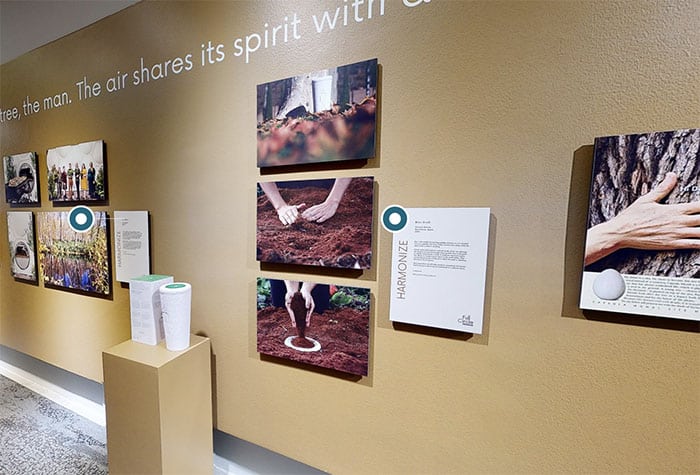
The exhibition explores the ideas of regenerative and circular design and how it can be transformative for our people and our planet, which Veronica believe believes “is epitomized in the work carried out by Bios”. Photo credit: MODA museum
A big idea in “Full Circle: Design Without End” is the importance of recontextualizing humans into the natural systems we are a part of. I think a major part of this is understanding how we fit into the circle of life, and the Bios Urn ® makes the connection between death and life very clear and joyful, making it a perfect fit for the exhibition.
What do you think of this concept of transforming a person or a pet into a tree to give them another form of life after death?
I think it’s very comforting. I find a lot of peace in the woods and feel deeply connected to the spirits of the trees already, so the idea that I could connect with a loved one after death in a similar way brings me a lot of joy. So often we try to push death and dying out of our minds and disconnect from the reality of it by hiding it away in certain areas, and I think the idea of creating forests where we can mourn, find peace, and celebrate life is beautiful. And I hope it becomes more common-place around the world!
What other types of objects will be represented in the exhibition?
Because regenerative design is such a big topic, we have done our best to include a little bit of everything to show how it can be pursued in all sectors! This includes everything from fashion and everyday objects like chairs and rugs, to buildings and landscapes, to communities and systems. We are featuring projects like skateboards and Jenga made of recaptured fishing nets, buildings that produce 200% more energy than they use, Indigenous educational gardens, and everything in between.
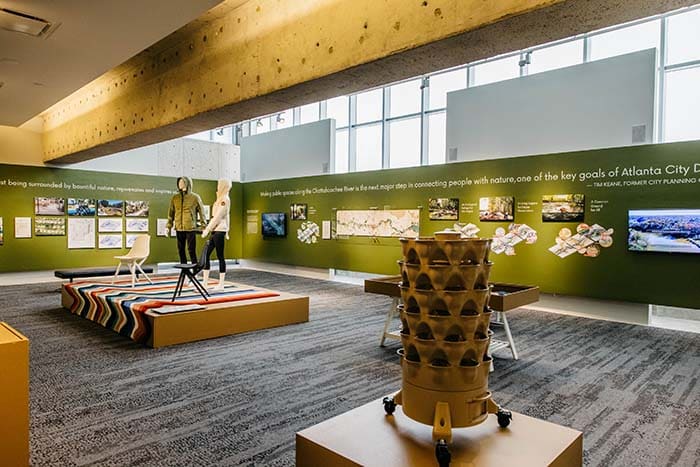
Because regenerative design is such a big topic, we have done our best to include a little bit of everything to show how it can be pursued in all sectors. Photo credit: @lukesbeard for MODA museum
At Bios Urn ®. we are very much in favor of talking about death and encouraging people to think about and plan their own end-of-life plans, regardless of their age or health. It doesn’t have to be something scary as it is a natural part of life. In fact, we feel that it can even help take away some of those fears attached to death. We notice that more and more people are planning their own end-of-life plans, it’s even an increasingly common trend in younger generations such as millennials. Have you thought about your own personal end-of-life plans?
I absolutely have! When I was younger, I saw a program about how the body could become a tree after death, and something clicked within me. It just made so much sense to me, and ever since then I’ve known that that’s what I wanted. As far as what I’d like to grow as, there are so many to choose from! I have a deep connection to Magnolia trees, cacti, and poppies because of my family backgrounds, so would be honored to support the growth of those in any way. I also love willow trees!
What do you think of the ideas put forward by Veronica and the circular design exhibition she co-curated at the MODA Design Museum in Atlanta?
We would love to hear from you in the Comments section below!
To keep up to date with all the latest Bios Urn ® news and stories, you can follow us on Facebook, Instagram, Twitter, Pinterest and YouTube!
Join our mailing list to keep you updated of all Bios® news and get a 10% Discount!
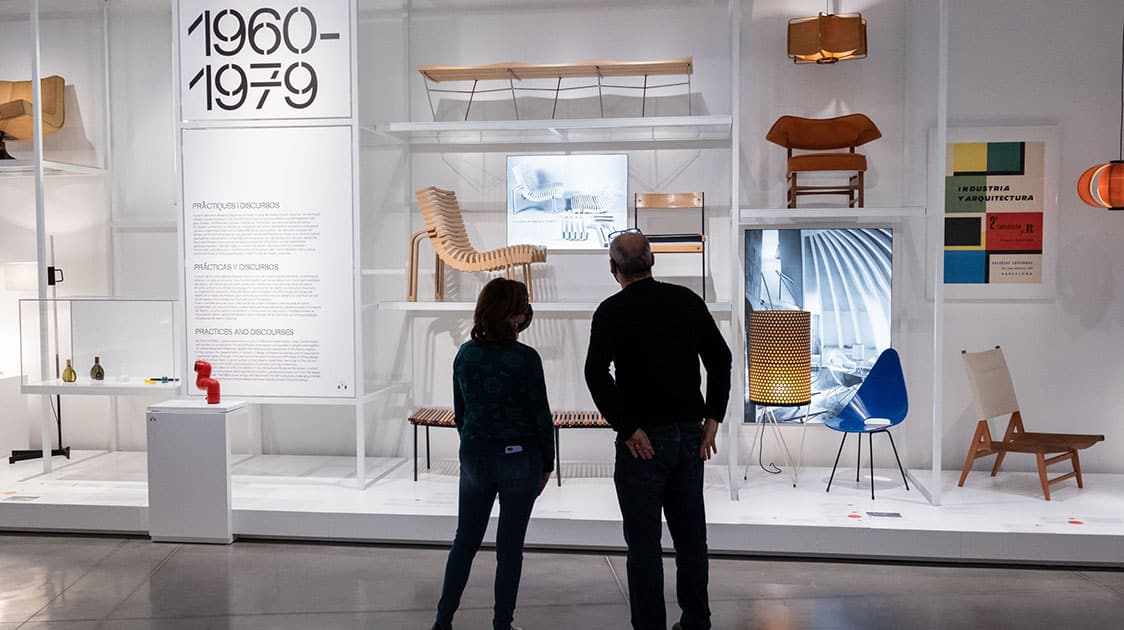




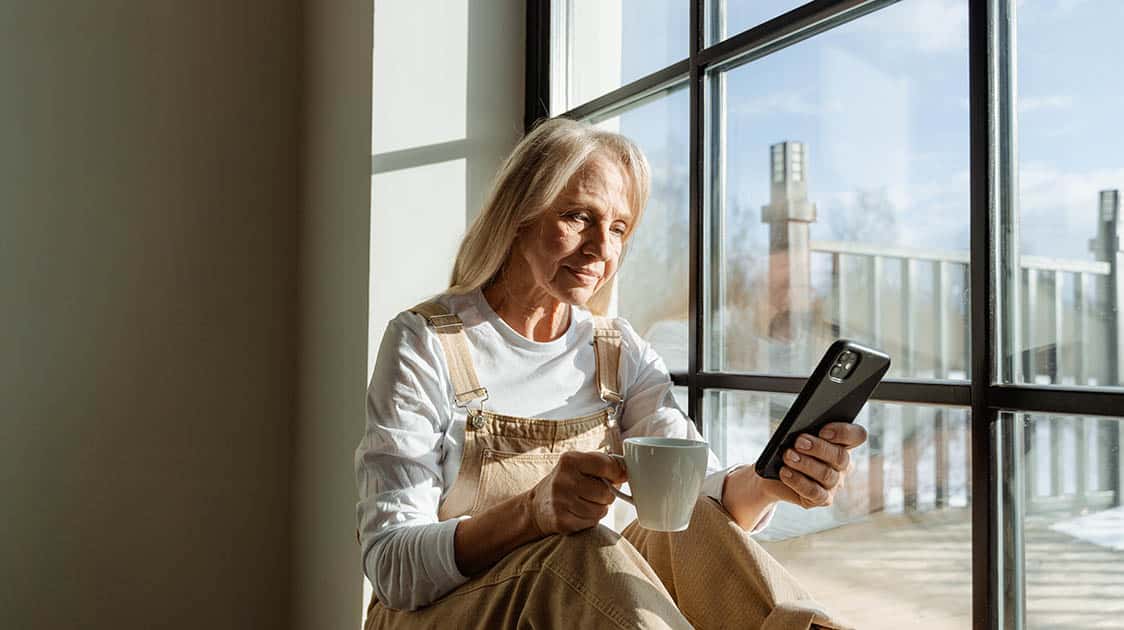
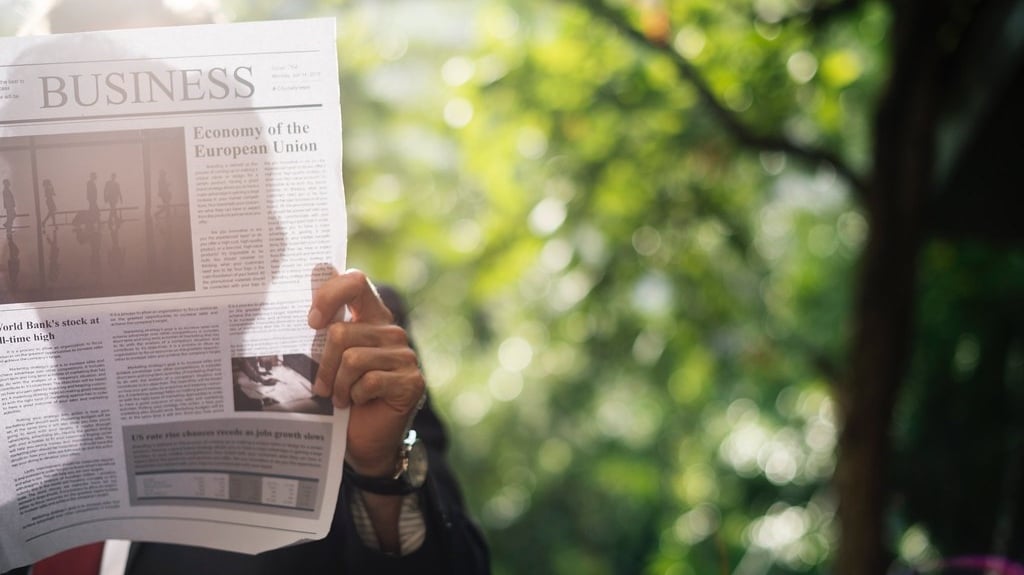
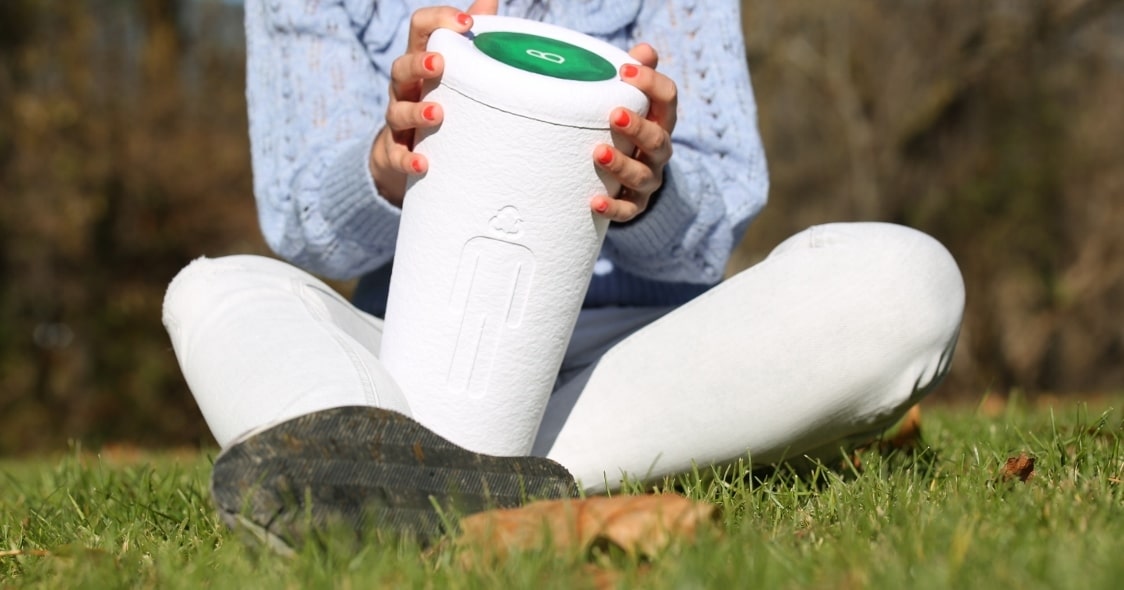
Leave a Reply